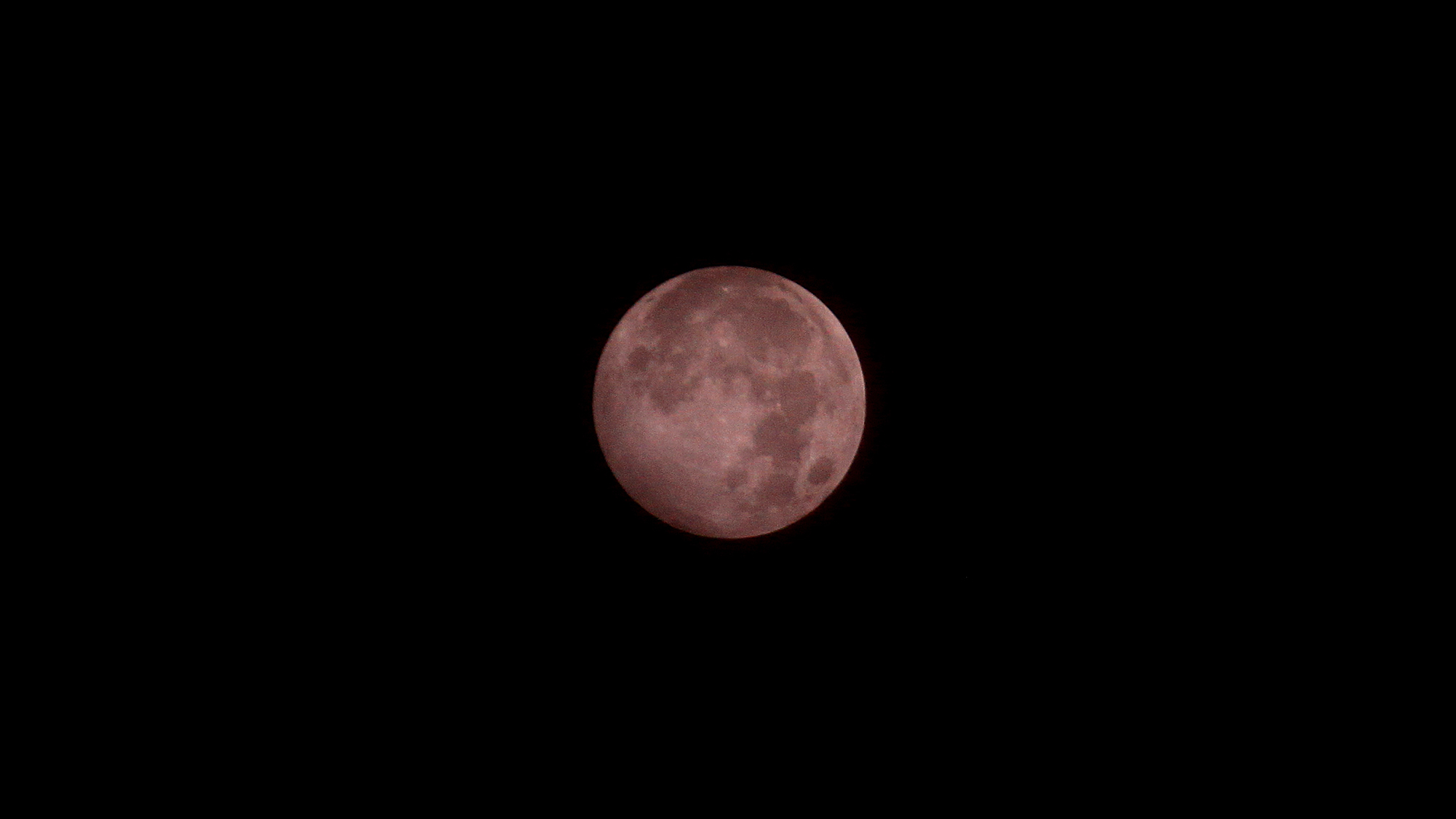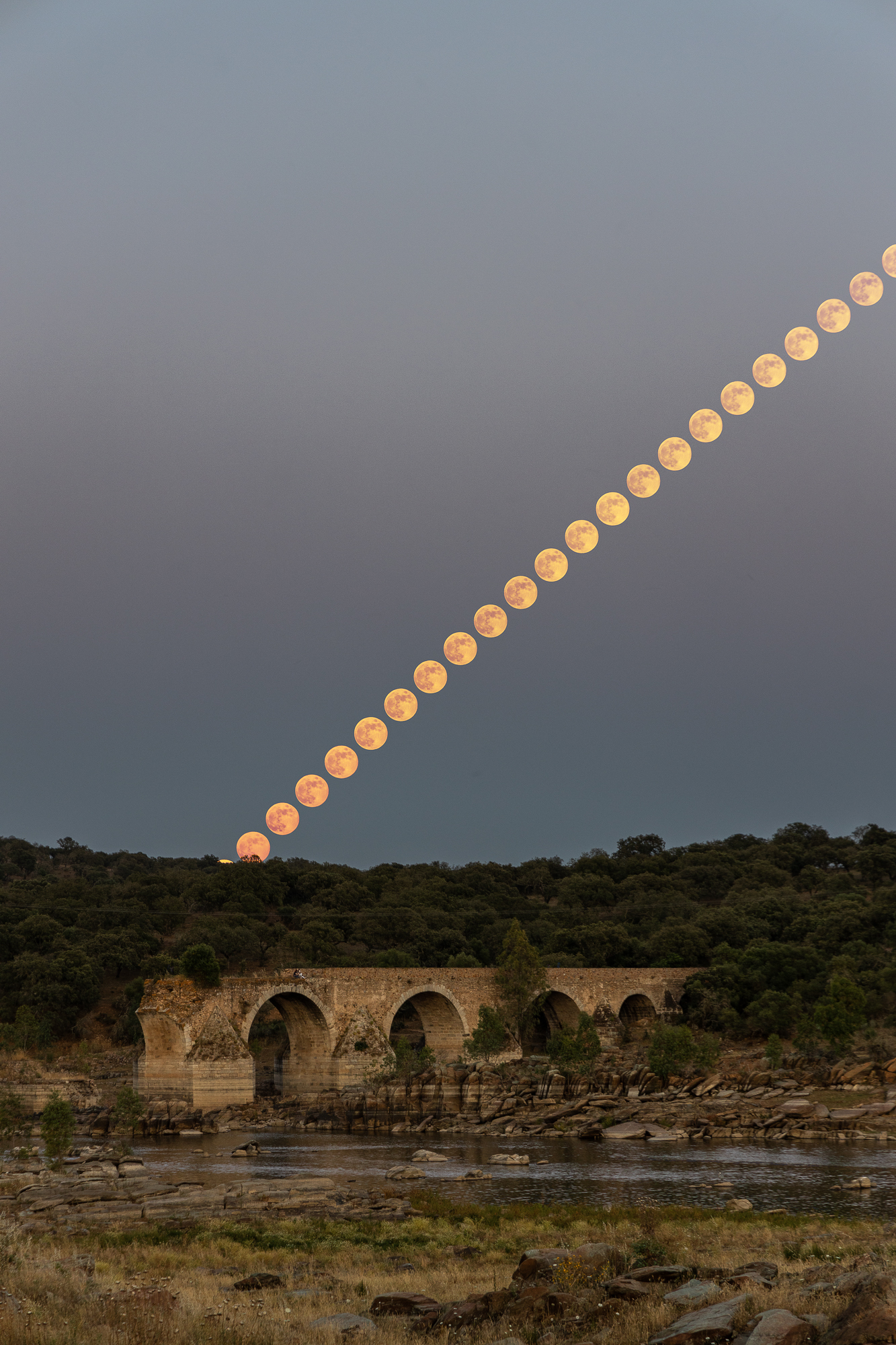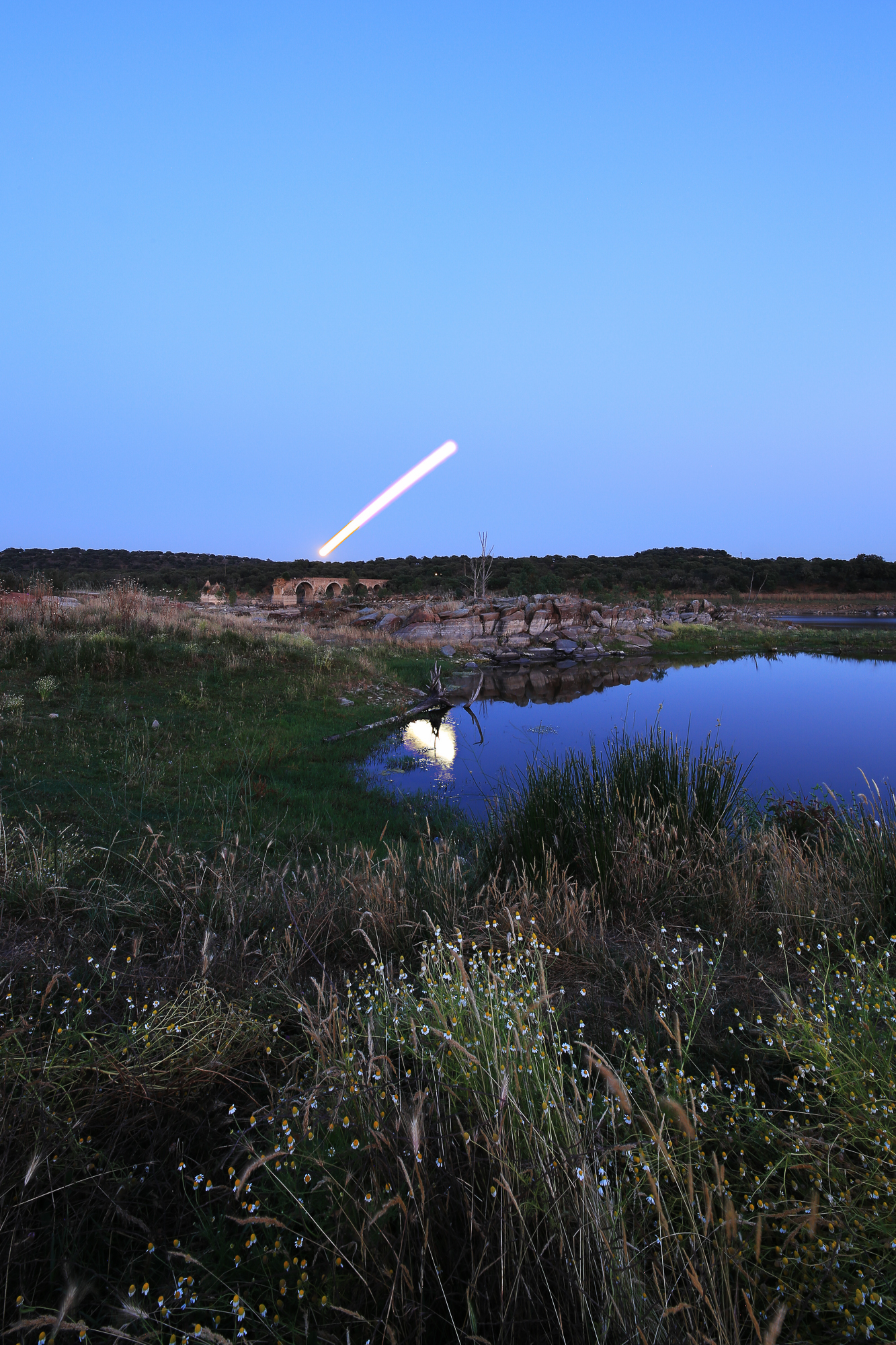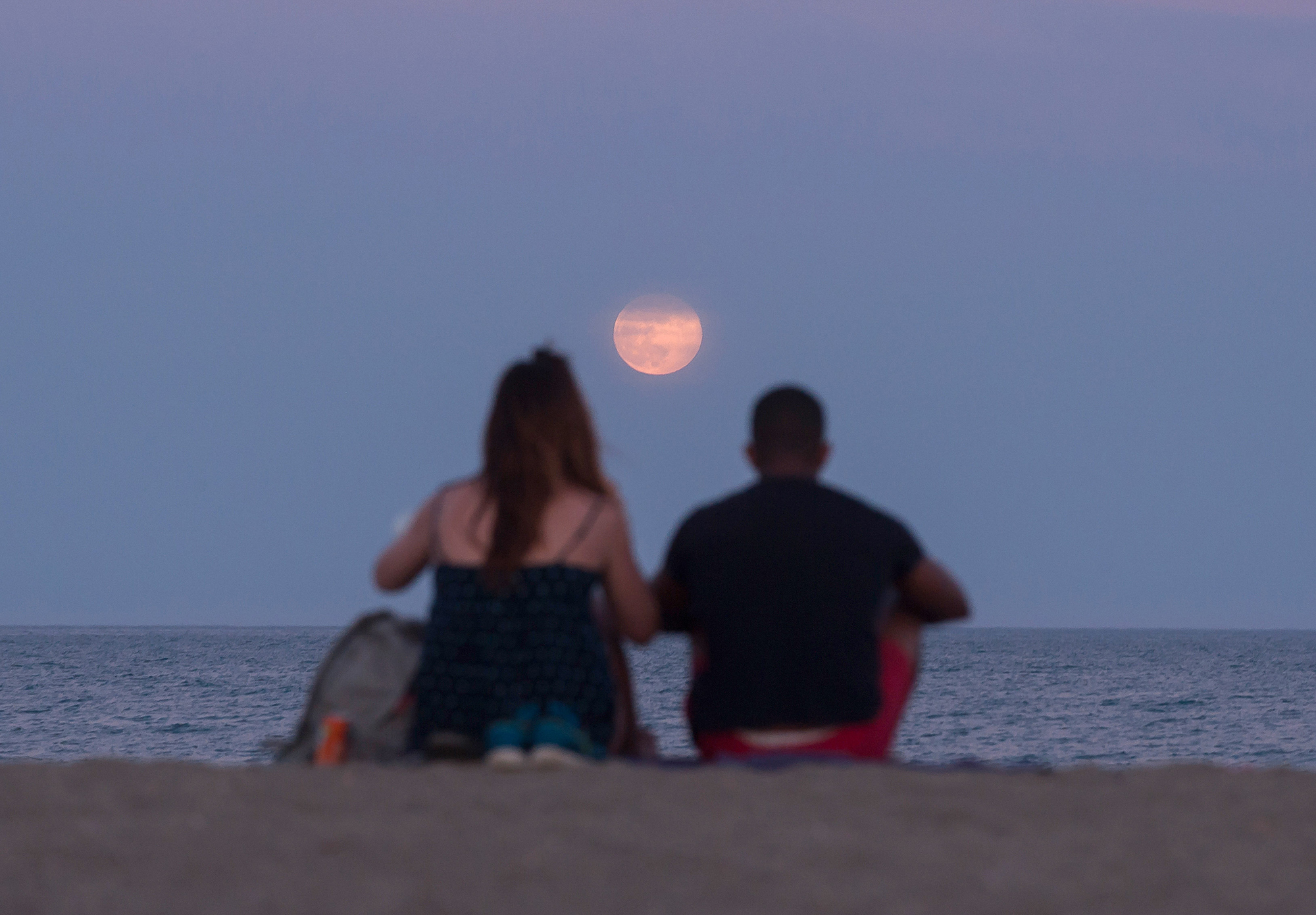'Strawberry Moon' lunar eclipse treats skywatchers around the world (photos)
Photographers around the world captured stunning images of the recent Full Strawberry Moon eclipse, showing the subtle darkening as the moon barely grazed the shadow of the Earth.
The penumbral eclipse took place Friday (June 5) out of the range of North American view, but was visible for more than three hours over central and east Africa, Eastern Europe, western and central Asia, and parts of Indonesia and Australia. (If the moon passes more fully into the Earth's shadow, it experiences either a partial or total lunar eclipse, depending on how much of the moon is darkened.)
Related: Eclipse season 2020 has arrived! Catch 2 lunar eclipses and a 'ring of fire' this summer
In Portugal, photographer Sérgio Conceiçao caught the eclipse on the Ajuda Bridge in Elvas, which is on a historically disputed border with Spain's Olivença. He used a Canon EOS R digital camera and 92-millimeter lens at f/6.3, with ISO 400.
The photographic sequence shows 23 moon exposures. The moon starts the sequence in a more "intense reddish pink color," Conceição told Space.com, "and starting to whiten as it rises." Two women are also visible on the bridge.
Conceiçao also imaged a continuous shot of the moon in motion, using 242 still photographs taken with Canon 5d MKIII and 14-mm lenses at f/16. With the eclipse deepening during the 1 hour, 15-minute long set of exposures, Conceiçao said the image shows "the various shades that the moon has been passing through" over the timespan.
A five-hour drive away, on the coastal town of Malaga, Spain, photographer Jesus Merida captured the lunar eclipse at its darkest phase. The moon rose as people on La Malagueta beach carefully enjoyed the good weather that evening, while respecting physical distancing protocols due to novel coronavirus restrictions, Merida wrote in a description on Getty Images.
Breaking space news, the latest updates on rocket launches, skywatching events and more!
Astrophysicist Gianluca Masi, who runs the The Virtual Telescope Project from Rome, captured a dramatic moment of the eclipse using a Canon 5D mark IV attached to an 8" f/6.3 telescope.
The moon was just seven degrees above the southeast horizon at the time, Masi said. "I'm pleased to share with you an image of the eclipse we covered earlier tonight," Masi wrote in an email to followers of the project, "grabbed at the maximum of the eclipse. On the bottom right, you can see a hint of darkening."
The penumbral eclipse is only the first event of this year's "eclipse season." Viewers in other areas of the world may have the chance to catch a "ring of fire" annual solar eclipse, or another lunar eclipse, later in the summer.
- Sweet! Rare Strawberry 'minimoon' makes for stunning photos
- Wolf Moon lunar eclipse kicks off penumbral quartet for 2020 (photos)
- How lunar eclipses work (infographic)
Follow Elizabeth Howell on Twitter @howellspace. Follow us on Twitter @Spacedotcom and on Facebook.
OFFER: Save 45% on 'All About Space' 'How it Works' and 'All About History'!
For a limited time, you can take out a digital subscription to any of our best-selling science magazines for just $2.38 per month, or 45% off the standard price for the first three months.

Elizabeth Howell (she/her), Ph.D., was a staff writer in the spaceflight channel between 2022 and 2024 specializing in Canadian space news. She was contributing writer for Space.com for 10 years from 2012 to 2024. Elizabeth's reporting includes multiple exclusives with the White House, leading world coverage about a lost-and-found space tomato on the International Space Station, witnessing five human spaceflight launches on two continents, flying parabolic, working inside a spacesuit, and participating in a simulated Mars mission. Her latest book, "Why Am I Taller?" (ECW Press, 2022) is co-written with astronaut Dave Williams.






